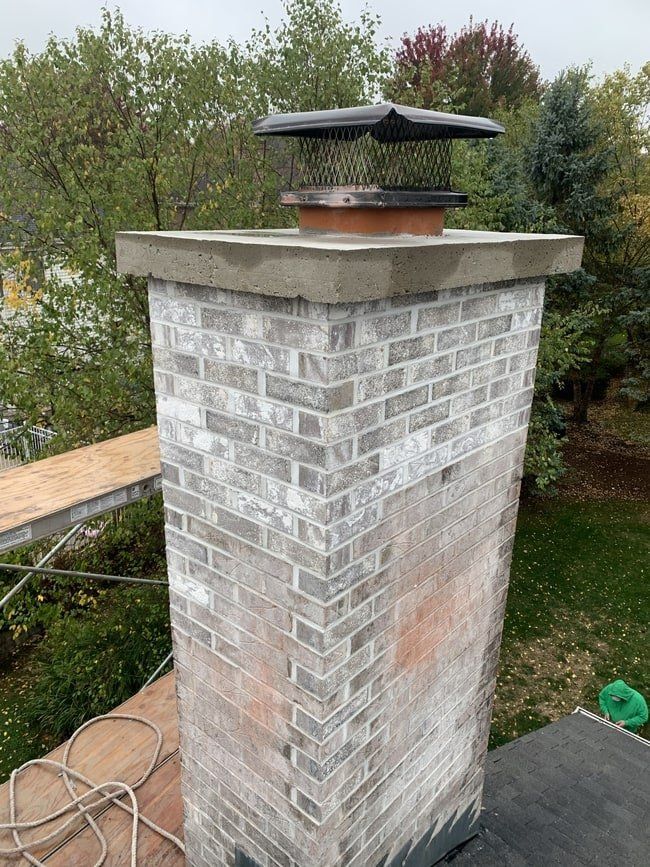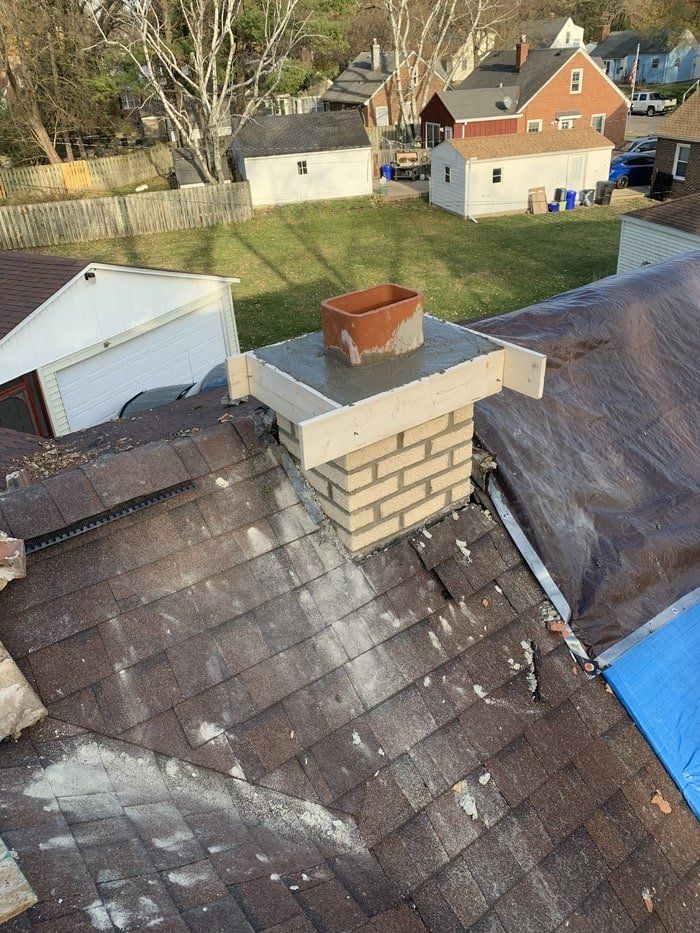Why is my brick chimney leaking?
You depend on your chimney to give appropriate ventilation for the fireplace; though, the chimney likewise needs to protect the home from external influences. While maintaining your smokestack, you might encounter problems like chimney leaks. Chimney leaks are a normal occurrence, and there are several reasons why your stack can be leaking.
Leaks in your chimney can be the root of some serious issues and costly concern for the stability of your home. Typically, the chimney can be among those parts of the home that we completely disregard, assuming its workability. And yet, resting on top of your roof and exposed to all kinds of environmental conditions makes a traditional masonry chimney prone, with time, to disrepair.
7 reasons your chimney could be leaking
Your chimney could likely cause further dilemmas; therefore, it is necessary to deal with the smaller flaws early on. Let’s study some reasons why your chimney leaks.
Chimneys without cover
Among the predominant causes of leaking chimneys is that you don’t have anything covering the top. With no damper, cap, crown, or chase cover, your chimney has no means protecting against rain and snow from entering it.

Slide title
Write your caption hereButton
Not just does it keep the rain out, but steer birds, other small animals, and scraps clear. The main benefit of the chimney cover is keeping these out considering when chimneys get blocked at the base, individuals get sick (or even die) from CO poisoning.
Defective bricks and worn out mortar joints
Possibly the most vulnerable section of your chimney is the brick and mortar joints, which experience plenty of stress from extreme exposure to weather.
Bricks that are used to build chimneys are commonly porous - which implies they absorb water rather quickly. Bricks and mortar are formed using water. Then, they harden and are used to construct homes and chimneys. With time, bricks can absorb water from rain. Then this water could freeze when the temperature drops. Cracks will begin to develop if this occurs in the bricks themselves. Due to this, the bricks become susceptible to the damaging heat/frost cycles that cause cracks.
Also, mortar joints can wear out, leaving gaps that allow water. Occasionally, huge parts of mortar in the joints may be missing, admitting water to penetrate during sweeping rains.
Worse still, chimney walls start to get soggy in shaded areas since they remain wet longer after rain. If the water doesn’t leave the bricks, it will ultimately expel into the house.
Chimney Flashing
The flashing is the material that is present where the stack meets the rest of the roof. It is what keeps water from running toward the place where the brick structure stands up on the roof (or if not appear close to the roof). There’s a somewhat huge gap between the bricks and the roof, and water will flow through that hole if it’s not stoppered. Flashing is usually aluminum that goes in between a few bricks and bends to go on top of the roofing. A few types of waterproof material seal those points. However, it’s far from the best option, the material is usually tar. Come what may, flashing doesn’t last forever, and the tar remains an even shorter amount of time.
Damaged crown
Another frequent cause of a leaking chimney is a cracked crown. On the top of the structure rests the chimney crown – usually a cement covering out of which the exhaust will come. As the material hardens and thaws or the brickwork deforms, this can create cracks, and water can easily slide through these cracks and cause leaks. The concrete may likewise shrink, and breaks may appear. The cracks need to be covered and fixed, or the crown has to be replaced to prevent leaking.
Despite this, sooner or later, this can become damaged, caused by shrinkage or shifts in the brickwork. The effect of cold and hot weather can cause the crown to contract and expand, producing movements over the years that can produce narrow cracks in the surface. And small cracks will ultimately become big ones which will allow the water in and weaken the crown’s protective properties.
Condensation
Condensation within the chimney can cause a leaking chimney. This is usually a concern when the liner used is not the most suitable material or size. Rather than enabling moisture to evaporate, the condensation may merely immerse the brick interior and then fall in drops. Normally, a new liner will fix this problem.
Leak from the attic
Chimney leaks could likewise come from the attic. Numerous individuals do not go into their attics regularly. Hence, moisture in the attic could remain there for a long time before somebody notices and attends to it. Then, by the moment the moisture is noticed, it is too late. There is moisture leaking from the attic, and it is damaging the rest of the house. Because of that, any chimney leaks, you also have to count the attic as a probable culprit.
Wrong material to waterproof bricks
In some cases, a leaking chimney is caused because the material used for sealing the bricks is not the appropriate product. The waterproofing material must not clog up the holes of the brick or concrete of the chimney, because this can block evaporation and cause water to accumulate. Using a waterproofing product intended for chimney bricks will reduce the cause of this kind of leak.
We may be knowledgeable of some of the natural leak hazards on a regular house roof, from ventilation to damaged shingles and all that. But, it’s fairly vital to know when considering the maintenance and repair work on the roof that the chimney can designate a corner in which leaks can become rampant if left untreated or left to fall into deterioration.
A chimney leak can happen for several reasons and is normally mendable. It is necessary to identify problems early and take measures to prevent severe problems (and huge expenditures). Don't forget to go through your chimney and fireplace every year, and you will be in shape to withstand the adverse weather.


